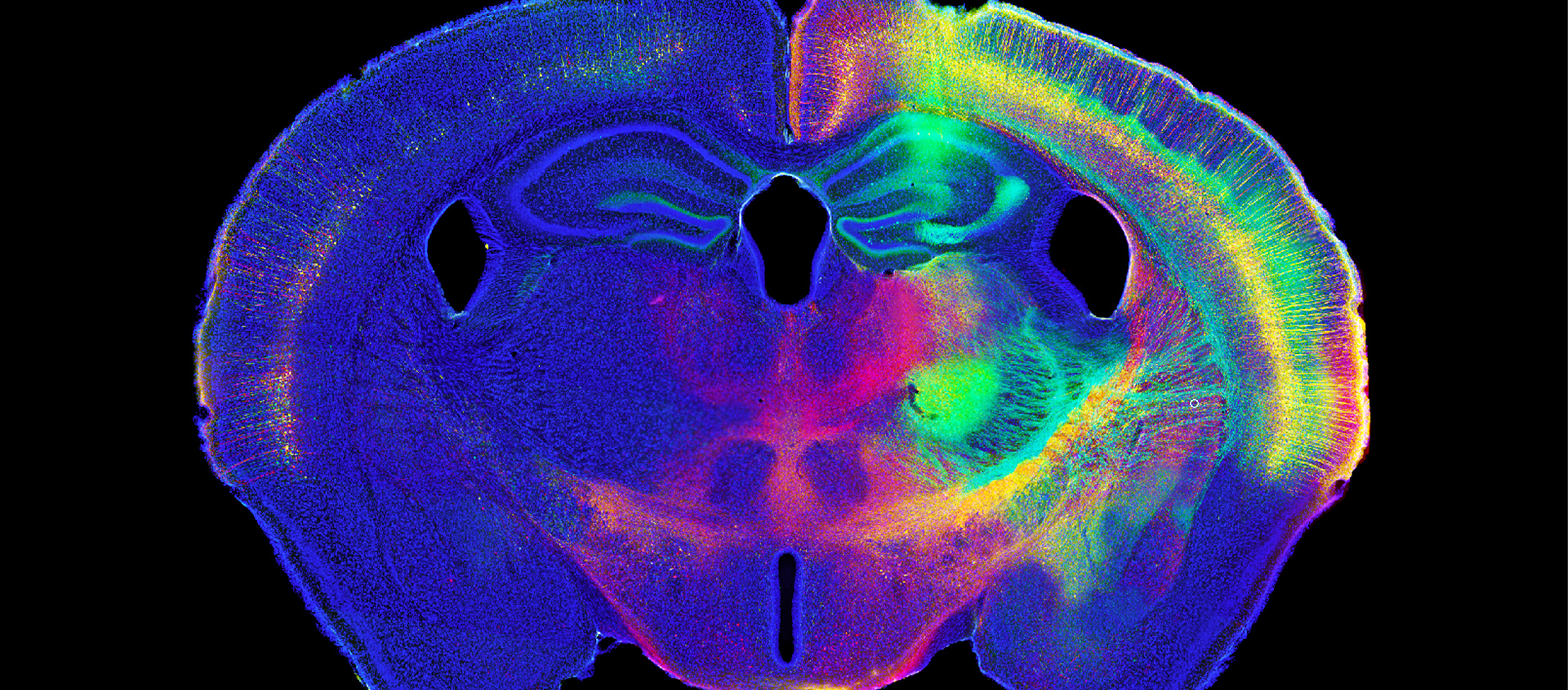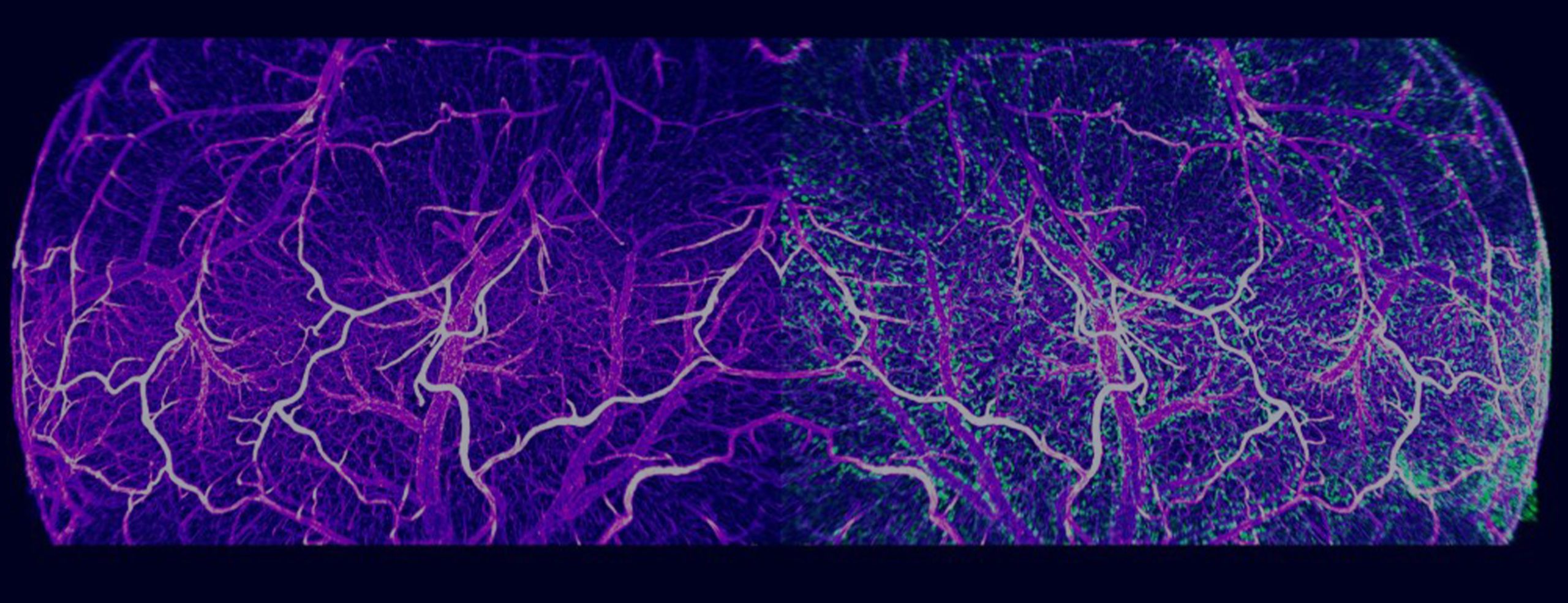In the fast-evolving field of neuroscience, groundbreaking research on the intricate workings of the vertebrate brain yields new information every day. A recent study published in the Journal of Neuroscience describes the establishment of an approach for better contextualization of proteins identified through proteomic analyses to identify candidate proteins for functional validation testing. The authors examined human synaptic processes from well-characterized human post-mortem samples and...
Read MoreSoftware Applications For Quantitive Analysis
The democratization of neuroscience is a movement that aims to make neuroscience research more accessible and inclusive to everyone. This movement is based on the principles of open science and aims to make neuroscience research more transparent, collaborative, and accessible to researchers around the world. At MBF Bioscience, democratizing neuroscience has been part of our DNA since our founding 35 years ago when we launched Neurolucida....
Read MoreThe question of whether an increased lifespan is associated with increased quality of life has been a topic of interest in the field of aging research. While there is evidence that improved somatic maintenance in model organisms can lead to increased longevity, recent studies have suggested that long-lived mutants may actually spend a higher percentage of their lives in an unhealthy state compared to non-mutants....
Read MoreThe Image Volume Fractionator probe, available in Stereo Investigator - Cleared Tissue Edition, is facilitating huge efficiency gains for quantifying the number of cells. At Dr. Patrick R. Hof’s lab at the Icahn School of Medicine at Mount Sinai, researchers imaged the cerebral cortex using light-sheet fluorescence microscopy and quantified the number of neurons, including those that express proteins involved in Alzheimer’s disease and schizophrenia, using...
Read MoreAfter decades of identifying brain cells subjectively, researchers can now make use of a standardized classification system for identifying pyramidal cells—the most common type of cells in the neocortex. Scientists at the Blue Brain Project developed the system using mathematics that identify the properties of shapes that stay constant under continuous transformation. This new method of classification gives researchers the ability to begin building a...
Read MoreWe are pleased to announce that the International Neuroinformatics Coordinating Facility (INCF) has endorsed the MBF Bioscience neuromorphological file format as a standard. The file format is used in our products for neuroscience research for important applications such as digital neuron tracing, brain mapping and stereological analyses. MBF Bioscience products, including Neurolucida, Neurolucida 360, Stereo Investigator, Vesselucida 360, and NeuroInfo use this neuromorphological file format. This file...
Read MoreResearchers studying structure and function in rat brain can now use NeuroInfo to analyze and register their brain volumes to the Waxholm Rat Brain Atlas Version 4—an open access volumetric atlas of the Sprague Dawley rat brain. “NeuroInfo already includes extensive analysis capabilities for mouse brain research by standardizing measurements on brain volumes to the Allen Mouse Brain Atlas. The inclusion of a rat atlas in...
Read MoreOur health depends on the ability of blood vessels to deliver nutrients and remove metabolic byproducts from organs and muscle systems. But what happens to this delicately balanced process after traumatic injury? Scientists generally understand that skeletal muscles can regenerate, but little is known about how this happens at the level of our microvasculature. [caption id="attachment_7659" align="aligncenter" width="699"] Representative maps of resistance networks from feed artery...
Read MoreThe heart has a “little brain.” It’s a network of neurons known as the intrinsic cardiac nervous system (ICNS), and it plays a key role in regulating cardiac activity. Building on previous research (Achanta et al., 2020), which resulted in a 3D map of the rat ICNS, a new study by a team of scientists from the University of Central Florida, Thomas Jefferson University, the University...
Read MoreMBF Bioscience is now leveraging how neurons learn in order to improve neuroscience research using microscopy. By incorporating artificial neural networks into MBF Bioscience software, we’re equipping neuroscientists with tools that characterize neuronal populations with unprecedented accuracy and anatomic specificity through entire brain volumes. In the webinar titled, “Improved detection of c-fos labeled and pyramidal neurons using deep machine learning in NeuroInfo,” Dr. Gerfen, joined by...
Read More











